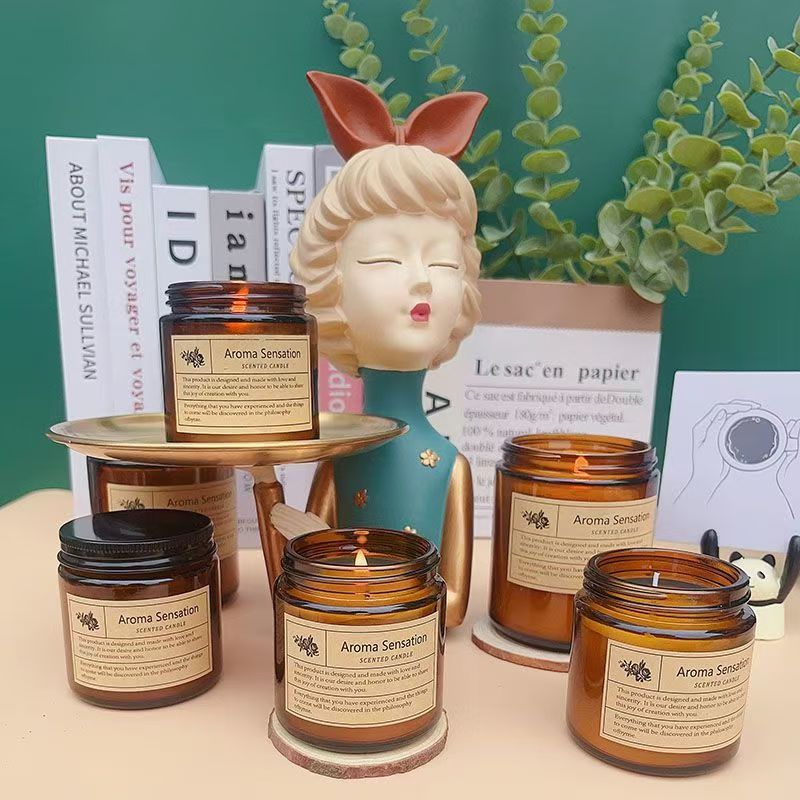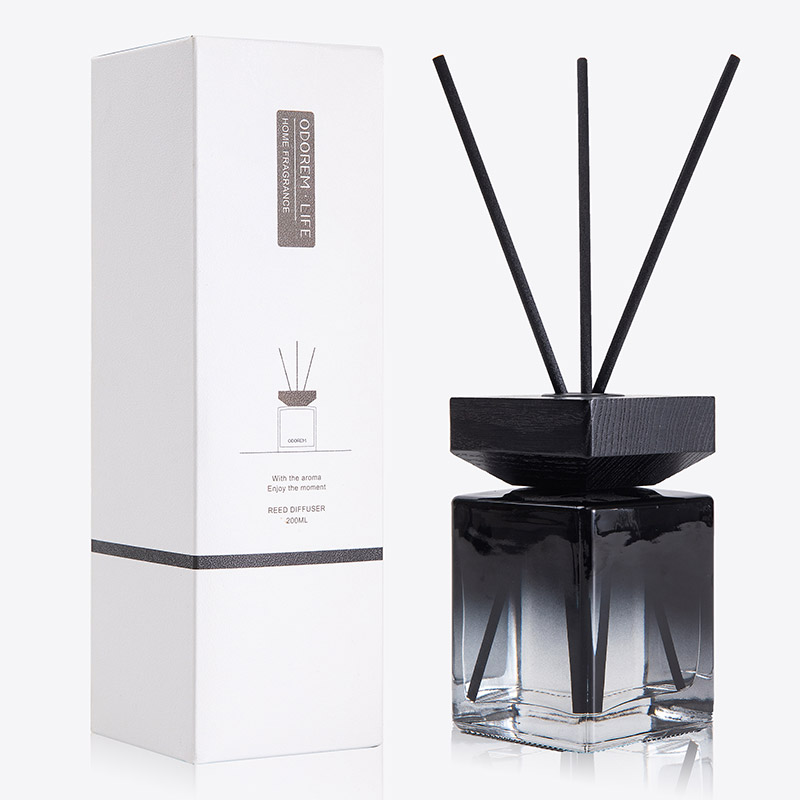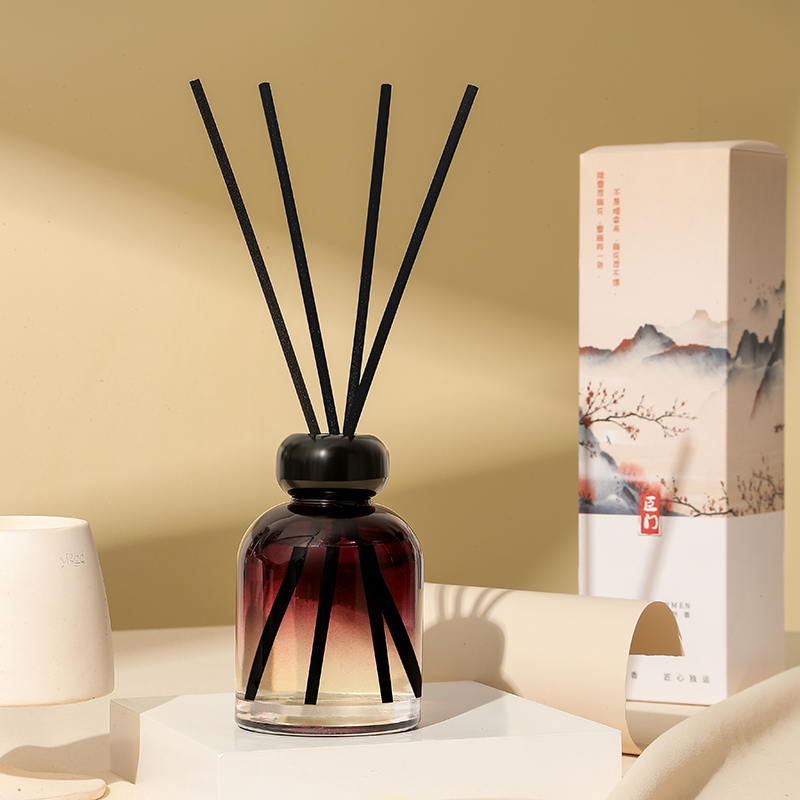Which Solid Fragrances Are Non-Toxic and Suitable for Families with Pets?
For families with pets, creating a fresh and comfortable living environment while ensuring the safety of furry companions is a top priority. Solid fragrances, favored for their convenience and long-lasting scent, require strict scrutiny of toxicity—many conventional fragrances contain chemicals that can cause respiratory irritation, skin allergies, or even organ damage in pets. This article explores non-toxic solid fragrance options and key considerations through targeted questions and professional analysis, helping pet families make safe choices.
Content
- 1 What Ingredient Standards Define Non-Toxic Solid Fragrances?
- 2 Which Natural Fragrance Types Are Pet-Friendly?
- 3 How to Verify the Safety of Solid Fragrances for Pets?
- 4 What Application Methods Minimize Risks to Pets?
- 5 What Selection Principles Guide Pet-Friendly Choices?
- 6 What Common Misconceptions About Pet-Safe Fragrances Need Correction?
What Ingredient Standards Define Non-Toxic Solid Fragrances?
Non-toxic solid fragrances for pet families must adhere to strict ingredient safety criteria, avoiding substances harmful to animals. First, natural plant-based ingredients should form the core—essential oils derived from non-toxic plants (e.g., lavender, chamomile, citrus) are preferred, as they are biodegradable and less likely to cause adverse reactions . Synthetic fragrances, especially phthalates, formaldehyde releasers, and artificial dyes, should be completely avoided, as these compounds can accumulate in pets’ bodies and trigger respiratory or digestive issues . Preservatives and stabilizers must also be non-toxic—options like vitamin E or rosemary extract are safer alternatives to chemical preservatives . How to verify ingredient safety? Reputable products will list all components transparently, and ingredients should comply with international safety standards such as the EU REACH Regulation or FDA guidelines for cosmetic-grade fragrances. Additionally, ingredients labeled "pet-safe" or "animal-tested negative" indicate rigorous safety assessments.
Which Natural Fragrance Types Are Pet-Friendly?
Not all natural fragrances are safe for pets—certain plant extracts can be toxic to dogs, cats, or other animals. Safe options include lavender (calming, non-toxic to most pets), chamomile (gentle, suitable for sensitive pets), and lemon verbena (fresh scent, non-irritating) . Citrus fragrances (e.g., orange, grapefruit) are generally safe but should be used in moderation, as high concentrations may cause skin sensitivity in cats . However, fragrances derived from toxic plants such as tea tree, eucalyptus, peppermint, or cinnamon must be avoided—these can cause vomiting, diarrhea, or neurological issues in pets . What about fragrance-free solid deodorizers? For pets with extreme sensitivities, fragrance-free options using activated carbon or zeolite to absorb odors are ideal, as they eliminate the risk of scent-related reactions while maintaining air freshness.
How to Verify the Safety of Solid Fragrances for Pets?
Ensuring a solid fragrance is truly non-toxic requires more than just checking ingredients—practical safety verification methods are essential. First, review third-party testing certifications—products tested by independent laboratories for pet toxicity (e.g., oral toxicity, skin irritation) provide reliable reassurance . Second, conduct a small-scale trial before widespread use: place the fragrance in a well-ventilated area, observe pets for 24–48 hours for signs of discomfort such as sneezing, scratching, loss of appetite, or lethargy . If any adverse reactions occur, remove the fragrance immediately . Additionally, check for potential choking hazards—solid fragrances should have a firm texture that won’t crumble into small pieces, especially for households with chewing-prone pets like puppies or rabbits . How to distinguish between genuine and false "pet-safe" claims? Avoid products with vague descriptions like "natural" without specific ingredient lists, and prioritize those with clear safety testing documentation.
What Application Methods Minimize Risks to Pets?
Even non-toxic solid fragrances require proper use to ensure pet safety. Place fragrances in inaccessible locations—high shelves, cabinets, or rooms where pets rarely enter—preventing direct contact or ingestion . Avoid placing fragrances near pet food, water bowls, or sleeping areas, as pets may inhale concentrated scents for extended periods . Ventilation is key: keep windows open periodically to circulate air, reducing the risk of scent accumulation that could irritate pets’ respiratory systems . Use fragrances in moderation—one or two small products per room are sufficient; overuse can overwhelm pets’ sensitive noses (which are 10–100 times more powerful than humans’) . How to adjust usage for different pet types? Cats, with their heightened sensitivity to volatile compounds, require weaker scents and more ventilation than dogs, while birds (with delicate respiratory systems) may need fragrance-free alternatives entirely.
What Selection Principles Guide Pet-Friendly Choices?
Selecting the right non-toxic solid fragrance for pet families involves balancing scent preferences with safety priorities. First, prioritize simplicity—products with short ingredient lists (fewer than 5–10 components) are less likely to contain hidden toxins . Second, match fragrances to pet species: avoid citrus or floral scents for cats, opt for mild herbal scents for dogs, and choose fragrance-free for exotic pets like reptiles or birds . Third, consider the fragrance’s purpose—deodorizing options with activated carbon are ideal for pet odor (e.g., litter box areas), while calming scents like lavender suit high-stress pets . Additionally, avoid products with strong volatile scents, as these can cause anxiety in pets . How to balance effectiveness and safety? Look for fragrances with low volatility (slow scent release) to maintain freshness without overwhelming pets, and choose long-lasting formulas to reduce the frequency of replacement.
What Common Misconceptions About Pet-Safe Fragrances Need Correction?
Many pet owners hold misconceptions that can compromise their pets’ safety. One common myth is that "natural = automatically safe"—as mentioned earlier, plants like tea tree or eucalyptus are natural but toxic to pets . Another misconception is that solid fragrances are safer than sprays—while solid forms release scents more slowly, toxic ingredients will still pose risks if present . Additionally, some owners believe pets will "avoid" harmful fragrances, but animals may not recognize subtle toxic cues until adverse reactions occur . How to stay informed? Follow veterinary guidelines on pet-safe products, consult animal welfare organizations for recommendations, and avoid relying solely on marketing claims. Regularly researching updated lists of toxic ingredients for specific pets (e.g., ASPCA’s toxic plant database) also helps make informed choices.
Non-toxic solid fragrances suitable for pet families prioritize natural, transparent ingredients, avoid toxic plant extracts and synthetic chemicals, and undergo rigorous safety testing. By following ingredient verification, choosing pet-friendly fragrance types, using proper application methods, and adhering to selection principles, pet owners can enjoy a fresh home environment without endangering their companions. As pet welfare awareness grows, future solid fragrance products may integrate more pet-specific safety features, such as adjustable scent intensity or biodegradable materials, further enhancing compatibility with family pets. Remember, when in doubt, consult a veterinarian—especially for pets with pre-existing health conditions or sensitivities.

 English
English Español
Español عربى
عربى






